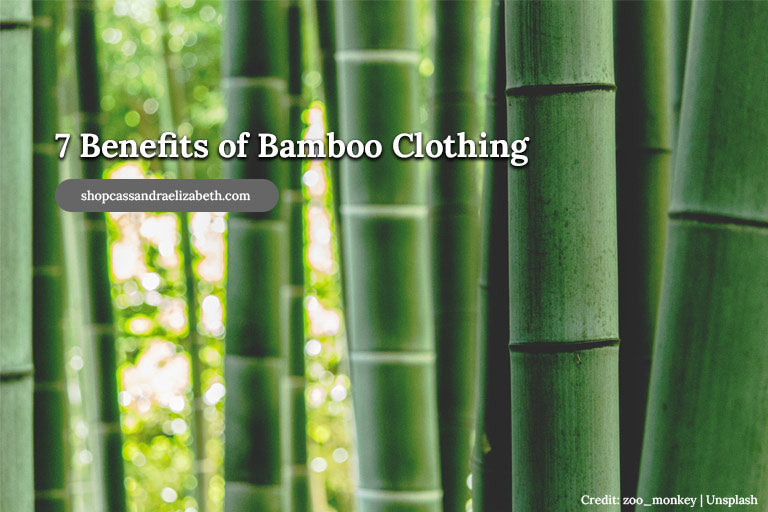Free News On Choosing Hemp Clothing
Wiki Article
What Are The Major Differences Between Hemp And Cotton With Regard To The Use Of Water, Pesticides, Herbicides Etc.?
Hemp is considered a sustainable crop if you compare it to cotton with regard to the use of water, pesticides and herbicides, for a variety of reasons.water Usage-
Hemp- Hemp has a low requirement for water compared to other crops such as cotton. It is considered a drought-tolerant plant that thrives with minimal irrigation. Hemp is able to be grown in numerous regions with rainwater only, which makes it an effective water-saving option.
Cottonis a staple crop that is known for using lots of water. Cotton farming requires massive irrigation, which drains local water supplies and leads to water shortages in drought-stricken regions. The high water demand of cotton farming has raised questions about its sustainability.
Herbicides are pesticides.
Hemp- Hemp naturally wards off many ailments and pests, so it is less likely to need herbicides or pesticides that are synthetic. The use of chemicals in hemp is much lower than other crops, such as cotton. Hemp organic cultivation is virtually free of pesticides.
Cotton farming - Traditional cotton farming usually depends heavily on herbicides and pesticides that are synthetic to control pests and weeds. These chemicals can have adverse effects on the natural environment. This is a case of water and soil contamination as well as harming animals that aren't targeted, as well as pesticide resistance.
Summary: Hemp is believed to be an environmentally friendly crop than cotton with regard to the use of water, pesticides, herbicides.
Hemp generally requires less water, and it can be grown without irrigation or rainwater.
Hemp has natural resistance to numerous diseases and pests, reducing the need for synthetic pesticides.
Hemp is usually grown using fewer pesticides and herbicides than traditional cotton.
It is crucial to keep in mind that the practices used to sustain agriculture and environmental protection could vary from one region or grower to the next. Organic farming can also help in the sustainable use of hemp as well as cotton, by reducing the use of synthetic chemicals and enhancing soil health. In terms of the impacts that textiles and clothing can have on the environment, using organic, sustainable fibers like cotton or hemp could minimize the impact. Read the top hemp clothes recommendations for site tips including women's all seasons hemp canvas bomber hoody jacket, hoodlamb jacket, hemp dress, organic hemp hoodie, hemp clothing near me, hemp dress, womens hemp clothing, hemp sportswear, hemp clothing for men, hemp long sleeve shirt and more.

What Are The Practical And Technical Advantages Of Hemp Clothing Over Traditional Fibers?
Hemp clothing can offer several practical and technical advantages over traditional fibers while being environmentally sustainable. Hemp clothing offers several advantages which make it an ideal eco-friendly and high-performance choice.
Hemp fibers help wick away moisture from your body, keeping you cool and dry in hot weather. They are able to help wick away moisture from the skin, keeping it cool during hot weather.
Regulation of Temperature Regulation-
Hemp clothing is extremely thermoregulatory capabilities. It can keep your body warm by trapping warmth close to you and it can help you to stay cool during hot weather. This natural regulation of temperature will reduce the need for frequent changes in clothing.
Durability-
Hemp fibres are well-known for their toughness. Hemp clothing tends to be stronger, resistant to wear, and long-lasting than traditional fibers. Hemp clothes are sturdy, which means that they are able to last longer and decrease the requirement for replacements and therefore, their impact on the environment.
UV Protection-
Hemp fibers protect skin from UV radiation, providing the skin with UV protection. This is especially beneficial when you are doing outdoor sports or activities.
Biodegradability:
Hemp clothes are biodegradable. This means it will degrade naturally over time. This feature reduces pollution caused by textiles since synthetic fibers are able to persist in landfills.
Low Environmental Impact
Hemp farming generally uses less chemical pesticides and herbicides that conventional cotton. Additionally, it uses less water, which makes it a greener option. Hemp farming organically improves the green features.
Carbon Sequestration-
When they grow hemp plants are able to absorb carbon dioxide in the air. Hemp cultivation acts as an absorber for carbon dioxide which reduces greenhouse gas emissions.
Sustainable and crop rotation
Hemp can be incorporated into crop rotation systems, improving overall soil health while reducing the risk of soil depletion and disease buildup. This sustainable farming method can help reduce environmental impacts.
Versatility:
Hemp fibers are mixed with other materials, like organic cotton or recycled polyester, to make eco-friendly and high-performance fabric blends. This versatility permits the development of innovative and sustainable textiles.
Low Toxicity
Hemp is naturally low in toxics and doesn't require extensive processing using chemicals in its manufacturing, which reduces environmental impacts.
While hemp offers many eco-friendly and functional benefits but the durability of clothing is affected by factors such as the process of dyeing and transportation. Also, it is affected by ethical work practices. To make environmentally conscious choices consumers should seek out clothing brands that prioritize sustainability as well as transparency as well as ethical production practices while making use of hemp and other sustainable fibers in their designs. Have a look at the best read full article about hemp clothes for more recommendations including hemp tank top, nomad hemp clothing, hemp coat, hemp apparel wholesale, afends jesse dress, patagonia iron forge pants, t shirt hemp, patagonia double knee pants, hemp tank top, patagonia iron forge pants and more.

What are the major differences between hemp and bamboo fibers?
Hemp and bamboo are two distinct plant-based fibers that are used in textile production Each with distinct characteristic and characteristics. Here are the key differences between bamboo and hemp fibers- 1. Plant Source-
Hemp- Hemp is derived from hemp stalks. Specifically the outer basts. Hemp is versatile, fast-growing and was used in the production of numerous products over the years.
Bamboo Fibers- Bamboo fibers come from the pulp. Bamboo is grass that is fast growing and is renowned for its sustainability.
2. Fiber Characteristics-
Hemp- Hemp is known for its durability and strength. They are among the strongest of all the natural fibers. After each wash, they become softer which makes them suitable for fabrics that last for a long period of.
Bamboo Bamboo fibers are extremely soft and have a silky texture. They are softer and less durable than hemp, but they are appreciated for their comfort.
3. Texture-
Hemp fabric is slightly rough and has a textured feeling. This is particularly true when it is in its raw form. It's soft, but it has a distinct feel compared to bamboo.
Bamboo- Bamboo material is smooth, soft, and silky. The fabric is described as having a soft silky, and cottony texture. It is extremely cozy.
4. Breathability (and moisture-wicking)-
Hemp- Hemp is naturally breathable. It also absorbs moisture. They are able to keep your body cool and dry during hot temperatures.
Bamboo is also extremely breathable, and it wicks away water. They contain micro-gaps, which increase their capacity to regulate temperature and humidity. This ensures that you are comfortable in different conditions.
5. Environmental Impact-
Hemp Hemp can be regarded as an environmentally friendly fiber due to due to its rapid increase in growth, its low requirements for water, and its resistance to pests. These elements make it less necessary to use pesticides or herbicides. Hemp is also able to sequester carbon during its growing process.
Bamboo is a popular choice for environmentally friendly building materials. It is fast growing, requires only a small amount of water, and can be grown without synthetic pesticides or herbicides. Certain bamboo varieties, such as Moso bamboo, are very eco-friendly.
6. Processing-
Hemp- Hemp fibres need an extensive process to separate the out the bast fibers on the outside and the woody core inside. The process can involve retting and decortication, in addition to mechanical separation.
Bamboo- Bamboo fibers can be obtained using a chemical called the viscose or rayon process. The bamboo pulp is degraded using chemicals. This can be damaging to the environment if it is not handled responsibly. However, certain bamboo textiles use closed loop systems that minimize the waste of chemicals.
7. Versatility-
Hemp Fibers- Hemp fibers have a range of uses, including textiles, clothing, paper, and building materials.
Bamboo fibers are used in many products, including towels and bedding.
In the end Both bamboo and hemp have distinct qualities and sustainability benefits. The choice between them depends on the specific qualities and characteristics you want in a textile product and your environmental preferences. Have a look at the most popular bamboo clothing info for website tips including bamboo polo shirts, bamboo undergarments, bamboo t shirts ladies, bamboo ave shorts, bamboo cay shirts christmas, bamboo shorts womens, bamboo yoga leggings, bamboo twirl dress, bamboo cay christmas shirts, onno bamboo shirts and more.
